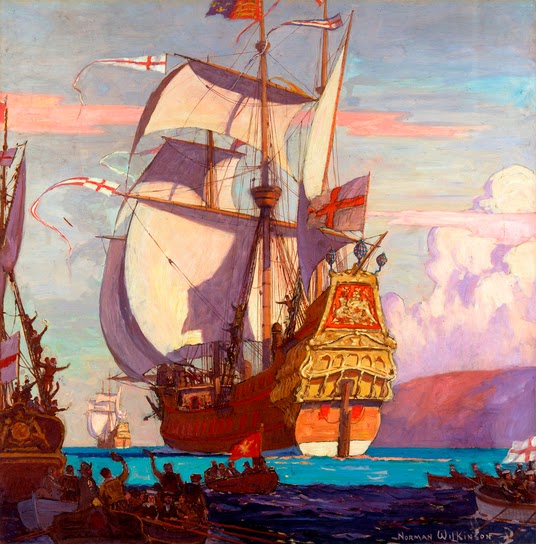Zinaida Yevgenyevna Serebriakova, née Lanceray or Lancere, (1884-1967) generally worked in oils and pastels creating pleasant portraits and scenes. No politics to speak of. Ditto irony. And mega-ditto profundity. In other words, there is a lot to like in her
oeuvre.
Her fairly detailed Wikipedia entry is
here. More biographical information is
here, and an article discussing the many paintings she made of female nudes is
here.
Serebriakova, before her marriage, had a good deal of art training that built upon her family's artistic background. Even though modernism in general and the various Parisian "isms" that were popping up in the early 1900s were known to her, she accepted little of their stylistic offerings.
One thing about her paintings that I found interesting and charming was a sweet little smile she placed on many of her subjects. I'm pretty sure that she had such a smile herself, but find it a bit curious that so many others had the same.
Gallery
Self Portrait: At the Dressing Table - 1909
This was the painting that launched her career.
Self Portrait - c. 1911
Bather - 1911
Thought to be a self-portrait.
Boris Serebryakov - 1908
Her husband, who died in 1919. This left her with four children, only two of whom were able to leave Russia and join her in Paris after the Communist takeover. He is not wearing a sweet smile in this painting.
Harvest - 1915
Even some Russian peasants are smiling almost sweetly.
N. Geydenreyh in Blue - 1923
She was a ballerina.
Sandra Loris-Melikov - 1925
Z.N. Martynovskaya - 1961
A late painting, but the characteristic smile still appears.










%2B-%2B1895.jpg)














%2B-%2B1905.jpg)






.JPG)

.JPG)



















%2B-%2B1904.jpg)
